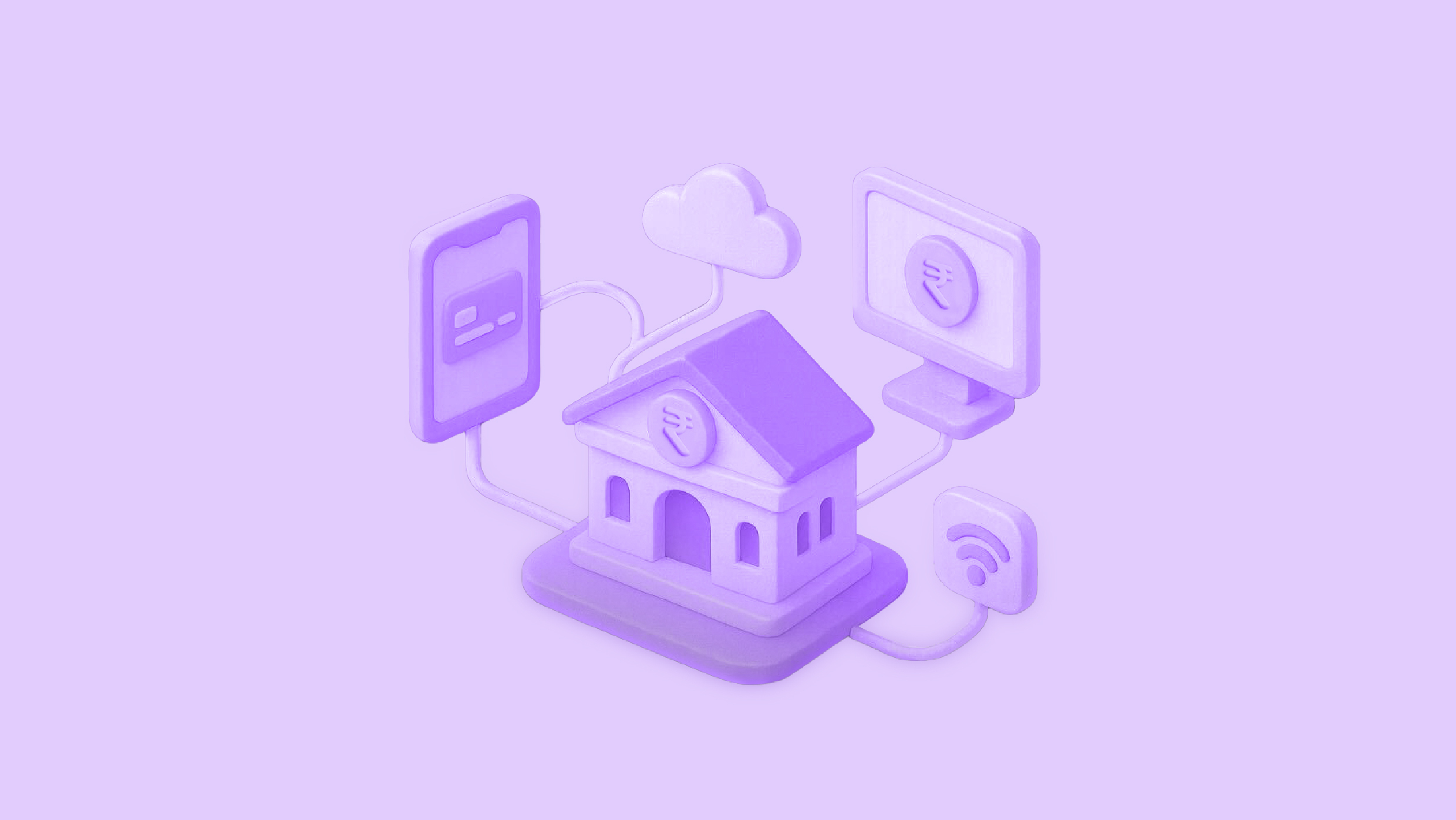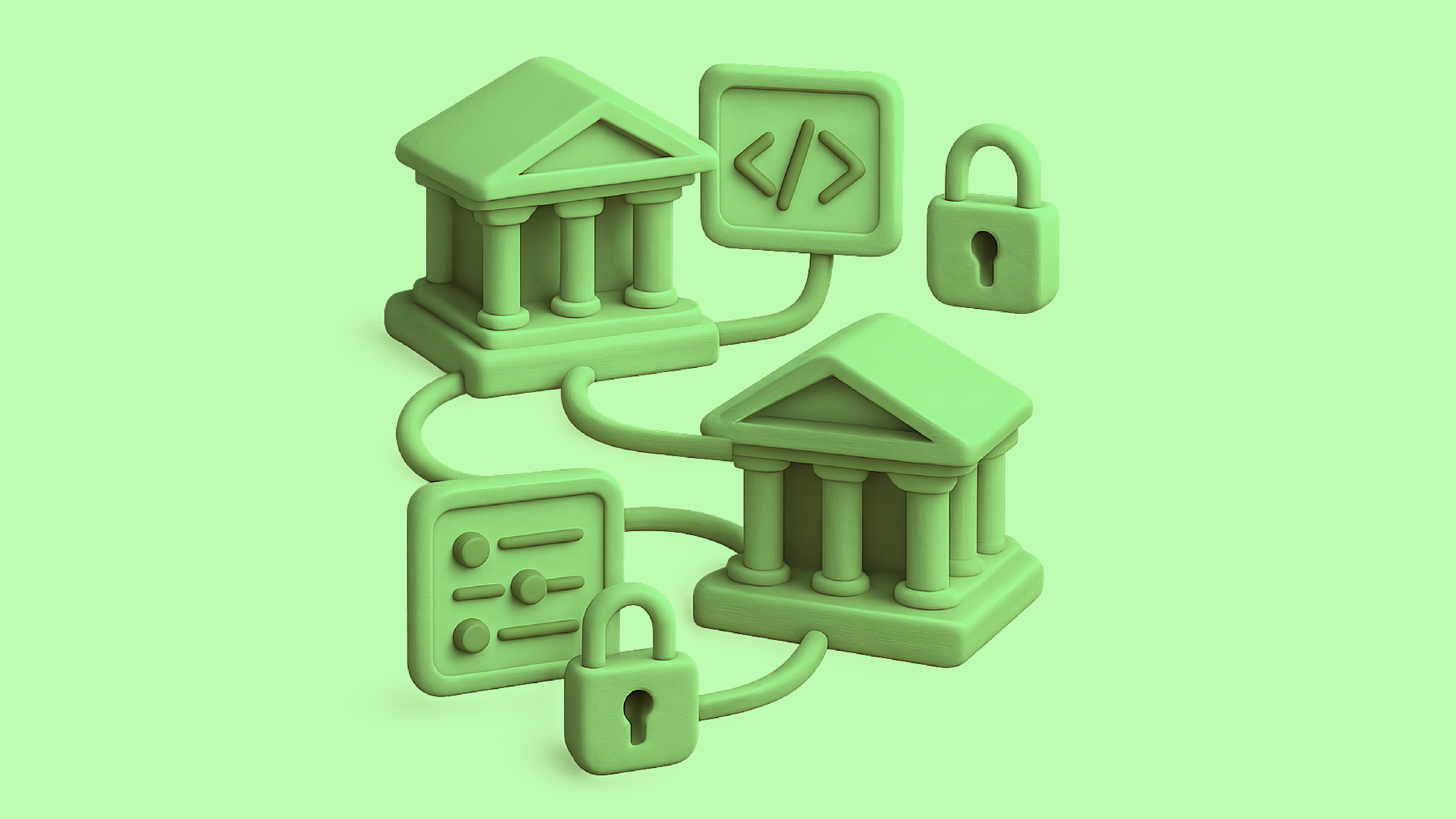SaaS platforms have evolved far beyond simple software tools. Today, they’re central to how businesses operate, managing everything from accounting to payroll to inventory. As these platforms become more essential, users expect more functionality under one roof. That’s where embedded finance enters the picture. By offering financial services directly within a SaaS product, platforms can simplify workflows and deliver more value to users.
At the core of embedded finance is connected banking, powered by open banking infrastructure.
What is Connected Banking in the Context of SaaS?
Connected banking refers to the seamless integration between a software platform and a user’s bank accounts. Instead of switching between banking apps and business software, users can connect their banks directly to their SaaS tools.
This integration is made possible through open banking. In simple terms, open banking allows third-party applications like SaaS platforms to securely access banking data (with user consent) using APIs. This enables real-time access to transactions, balances, payment statuses, and in some cases, the ability to initiate payments. This brings more automation and visibility into business workflows.
Connected banking isn’t just about viewing bank balances. It’s about automating financial tasks inside the platform that users already rely on, without jumping between systems.
Embedded Finance: What It Looks Like in Practice
Let’s say a business uses a SaaS-based accounting tool. With connected banking enabled, they can:
- Automatically reconcile invoices as soon as payments hit the bank.
- View real-time cash flow without exporting bank statements.
- Trigger vendor payouts directly from the platform.
- Access pre-approved credit based on transaction history.
These features are examples of embedded finance. The end user might not even realise they’re using banking services; they just experience a smoother workflow.
And this goes beyond accounting. Payroll platforms can process salaries through connected banking. ERP tools can show updated working capital. Expense platforms can issue smart corporate cards. All of this is enabled by open banking infrastructure.
How Connected Banking Powers Embedded Finance
Open banking is the backbone of connected banking. Banks expose certain financial data and services through APIs—such as transaction histories, account details, and fund transfer capabilities. SaaS platforms plug into these APIs to offer users a connected experience.
Here’s what happens behind the scenes:
- User links bank account securely from the SaaS interface.
- API fetches real-time data like balances or transactions.
- Platform acts—automatically updating ledgers, reconciling payments, or triggering actions.
- User stays within the SaaS tool, with no need to open netbanking or spreadsheets.
It’s not just about convenience. Real-time data means fewer errors, faster decisions, and better financial visibility. And for businesses handling large volumes of transactions, automation brings massive time savings.
Benefits for SaaS Providers
Connected banking isn’t just a win for end users—it unlocks a lot for SaaS platforms too.
- Higher user engagement: When users can do more inside your platform, they stay longer and rely on it more.
- Revenue potential: Partnering with financial institutions or embedding value-added services can open up new monetization paths.
- Reduced churn: Sticky features like automated reconciliation or in-platform lending make switching harder.
- Better product differentiation: Platforms that enable financial workflows stand out in crowded markets.
By offering connected banking, SaaS companies can evolve from tools to financial operating systems for their customers.
Why Users Love It
From a business user’s perspective, connected banking feels like magic. Payments get reconciled without manual effort. Payouts can be scheduled and tracked within the same platform. Financial reports are always up to date.
Here’s why it works:
- Fewer manual steps: No more downloading bank statements and matching line items.
- Real-time visibility: Cash flow snapshots that reflect actual account activity.
- More control: Businesses can manage all financial actions from one platform.
- Less reliance on third-party tools: No need for external reconciliation apps or multiple logins.
For fast-moving businesses, especially MSMEs, these advantages make a real difference.
Implementation: What It Takes
For SaaS platforms looking to enable connected banking, there are two main routes:
- Direct Bank Integrations
Building one-on-one API connections with each bank. This gives more control but is time-consuming, especially if you want to support multiple banks. - Banking-as-a-Service or Open Banking Aggregators
These providers offer a single API that connects to multiple banks. They handle security, compliance, and bank relationships on your behalf. Platforms like OPEN make this even easier by offering a full-stack connected banking infrastructure built for modern businesses.
Either way, implementation requires:
- Strong data protection and user consent protocols.
- Compliance with local regulations around data sharing and financial services.
- A clear understanding of user workflows, so you embed the right features.
Most modern SaaS platforms prefer partnering with open banking infrastructure providers to avoid building everything from scratch.
Conclusion
Connected banking is reshaping what SaaS platforms can do. With open banking as the foundation, these integrations allow platforms to embed powerful financial features directly into their user experience.
For businesses, this means more streamlined operations. For SaaS providers, it opens new doors to engagement and growth.
As embedded finance becomes more common, connected banking will no longer be a nice-to-have—it’ll be expected. The platforms that move early and get it right will set the standard for what users come to expect.





